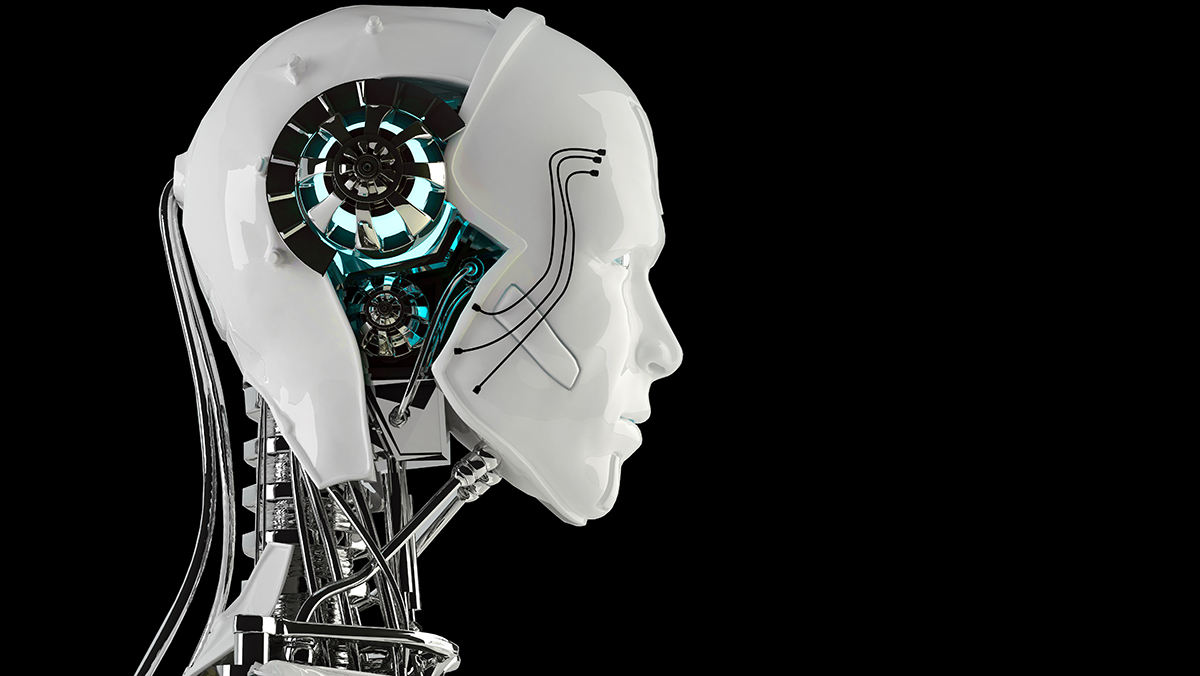
In The Creative Mind, Margaret Boden distinguished two types of creativity: P and H.
Personal creativity occurs when an individual has a new thought for the first time, even if many others have had it before. Like when a child learns “two plus two is four”, or a nonagenarian plays their first chord on a ukelele. It’s a new discovery to them, but it’s not new in terms of the population. As observers, we often call it learning.
Historical creativity, on the other hand, occurs when an individual thinks something absolutely new. The classic is Archimedes jumping out of the bath crying “eureka” when he realizes an object’s volume can be measured by submerging it in water. This type of thought is often attached to a name (“the Archimedes principle”) and passed down via P-creativity.
Which type of creativity will generative AI most promote?
Generative AI can teach us algebra or how to play the ukelele (P). And in doing so, it may help us design a great new logo or write a song (H). That’s undeniable. So, both P- and H-creativity, right? Yes, but I think it’s important to be a bit discerning about H-creativity.
Not everything new is a paradigm shattering leap forward. A logo or a song is just a new instance of a type that already exists. It’s a creation, but one with certain properties known in advance. While it’s new, it’s not revolutionary.
I think generative AI pushes us into a new middle-ground type of creativity. The clue is right there in the name. Generative ultimately comes from “genus” meaning type. The word “generic” has the same origin. If you pay attention to the prompts that work, you will notice that they are full of generic terms. For example, with Stable Diffusion, you might ask for something like “a glorious sunrise over a cityscape in the style of Picasso”. The AI model, being trained only on past data, can only help you create what has been done before. Intuitively, most people pick this up very quickly and play along to get results.
AI spawned G-creativity
I think a good term for the creativity generative AI facilitates is generic creativity – so let’s call it G-creativity. It has the feel of being creative but is closer to mixing and matching than expanding human knowledge. The creative output may be truly new and unique, but it’s generic.
Branding pros need to give careful thought to G-creativity. Consumers are doing a lot of it. And it may become the perfect brand touchpoint.
Think about the possibilities. Engaging with customers during creative use of generative AI is a new frontier. The customer is in that private zone. The customer is active. The customer feels powerful. The customer is at high cognitive load where cognitive biases are most in charge. When you are grasping for prompts on ChatGPT or Midjourney you are open to just about anything. A programmatic ad themed to your prompts – that offers value in that creative moment – could be devastating. It could participate in everything from a hotel booking to a professional eureka moment.
Chatbots are seductive. In that two-way space, the customer can be listened to and responded to in a completely accepting, non-judgmental way. There’s the opportunity to both make and fulfill brand promises. There’s the chance to craft extremely subtle associations and messages over long trajectories. And brands can do all that while the customer is potentially just one click away from their sales funnel.
The new addiction of G-creativity and its touchpoints
These touchpoints are the reason big tech has invested billions and billions into generative AI. As yet, it’s not clear what form of access will be offered – there’s a legal and technical maze to be run – but the monetization opportunity for big tech will be too enormous to pass up without one hell of a fight.
To prepare, it’s important to start forming your own view on how G-creativity feels for the customer. To me, the act of creating using generative AI is full of tension. It’s exciting but not satisfying. It’s addictive. It leaves you wanting more – to do more, experience more, escape more. It’s competitive. It makes you want to excel above others you’ve never met while preserving the illusion that they don’t exist. It’s doing something yourself while feeling vaguely like a fraud. It has achievement in the foreground and anxiety in the background. I’m recommending my clients test how their brands fit, and to look for ways G-creativity can be integrated. Using brand portals as gateways to generative AI sites? Competitions with generative AI aspects? Adjusting social media to have a G-creativity slant? There are many subtle and not so subtle ways to position in the changing creative landscape.
For me, generative AI touchpoints are a frontier worth getting the checkbook ready for. It’s uncharted. Unexplored. Nobody knows how the legal and commercial practicalities will play out, just that they will. At present, brand access to generative AI is peripheral and cheap – you can run a competition to generate the best image containing your product, signal that your brand is AI savvy, or offer tips on how to build cool prompts. Your brand can’t yet be there in person for the fireside chat, product research, or creative act.
The end of the Betas
But this current era of clean, advert-free ChatGPT, Bing, and Bard interfaces framed as “Betas” and “Research Previews” will end.
Then advertising and other types of access to generative AI portals will be for sale. It will be expensive – but worth paying for. Be prepared to understand what’s on offer when things evolve so you know what it’s worth and how to multiply its value. There will likely be bargains on sale for those who understand the marketplace first.
A key will be knowing what it really means to “be creative”.
Cover image source: jim